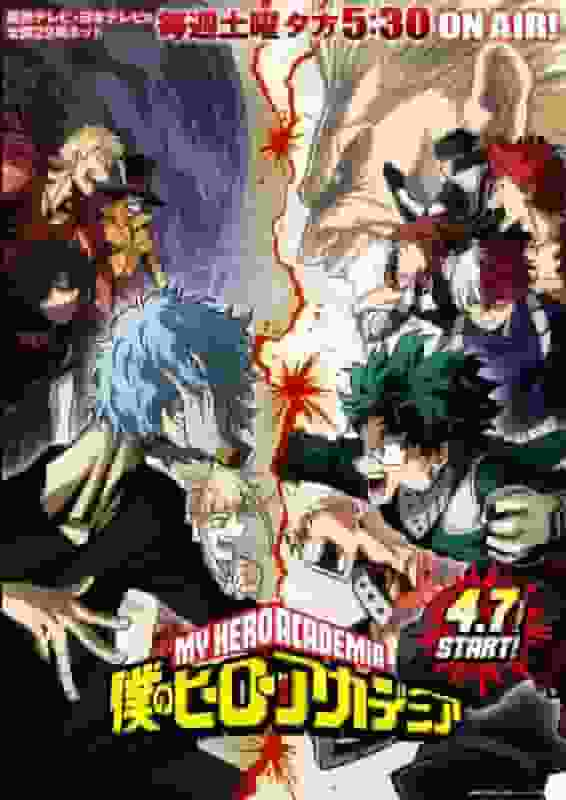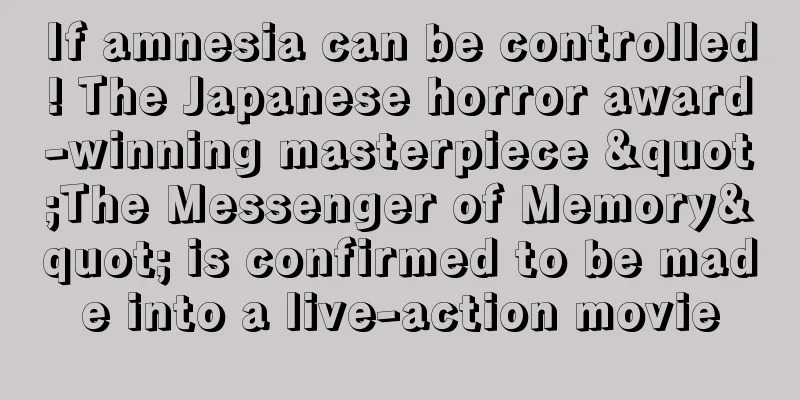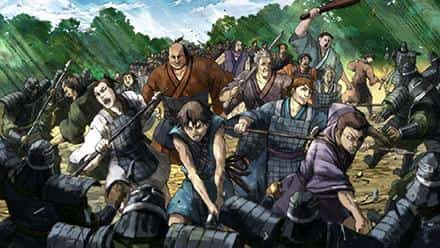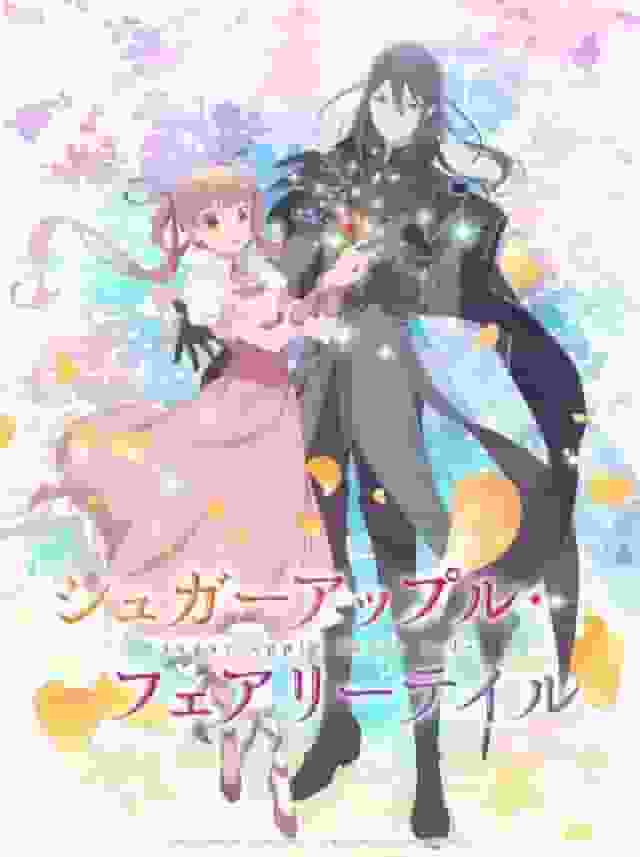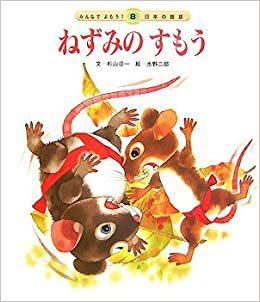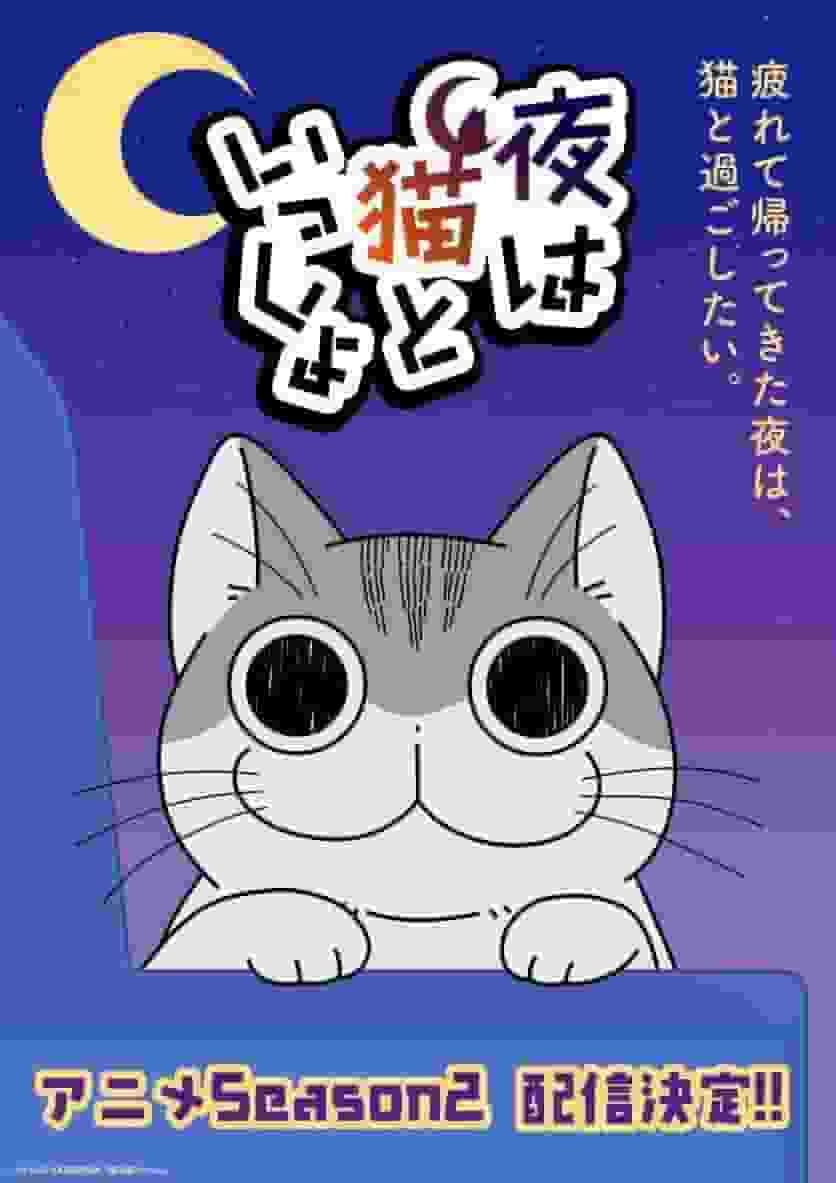Senbonmatsubara - Boys Living with the River - A Thorough Review of the Moving Story and Realistic Description

The appeal and evaluation of "Senbonmatsubara: Boys Living with the River"OverviewSenbon Matsubara: The Boys Who Live with the River is an animated feature film released on July 11, 1992, based on Kishi Takeo's light novel Senbon Matsubara. The film depicts the growth of boys and human drama against the backdrop of the great flood that occurred in the third year of the Horeki era and the subsequent flood control work known as the Horeki Flood Control Project. It was directed by Dezaki Satoshi and produced by Space Eizo, TV Tokyo, TV Aichi, Mushi Production, Minami Nippon Broadcasting, Gifu Broadcasting, Mie Television, and Magic Bus. It has an Eirin rating of 113729 and is made up of one 90-minute episode. storyIn the third year of the Horeki era, Takasuwa Nakaseko village (present-day Kaizu town, Gifu prefecture) experienced continuous, unexpected rains, causing the levee of Abushima to break and flooding. Yokichi, the son of a farmer, cried out to his father, "Why don't you ask the Shogun to dam the river on Abushima?" Next, the levee on the northern end was about to break, and Yokichi worked with the adults as a laborer to help out. As the flood control work progressed, the levee on the opposite bank broke and the water on Takasuwa Naka's side receded, but Kosuke, the grandson of the elder, lost his entire family in the flood. The following spring, large-scale flood control work began, and Yokichi and Kosuke bravely set out to work, but what would happen next? Commentary"Senbon Matsubara - Boys Living with the River" is a work that depicts the story of the Horeki Flood Control Project, Satsuma samurai, and boys. It is a video drama that depicts the relationship between water and the Japanese people, and is set in Gifu Prefecture, where the three rivers of Kiso, Nagara, and Ibi, which are rich in water, meet. The symbol of this work is the "Senbon Matsubara" where beautiful pine trees stand in a row. In the past, these three rivers often flooded, attacking villages and engulfing fields and houses. Farmers protected themselves from floods by building banks called "waju". In the third year of the Horeki era, the shogunate ordered the Shimazu family of the Satsuma domain to carry out a difficult flood control project at the Satsuma domain's labor and expense. The project was completed a year and a half later, and it has been passed down to future generations as the "Horeki Flood Control Project." "Senbon Matsubara" depicts the "Abushima Sequestering Embankment," the most difficult part of the project. The film is directed by Tetsu Dezaki, who also directed the TV anime "Captain," and the opening theme song "Mukashi Monogatari" is performed by the famous actor Hisaya Morishige. cast
Main Staff
Main Characters
Theme songs and music
Appeal of the workAlthough "Senbon Matsubara: Boys Living with the River" is a story based on a historical background, it deeply moves viewers by depicting the growth of the boys and the human drama. In particular, the friendship between Yokichi and Kosuke, and their determination to persevere despite difficult circumstances without losing hope, resonate with modern viewers. In addition, the visual expression that contrasts the beautiful nature with the harsh environment is stunning, and director Dezaki Tetsu's directing ability shines through. Furthermore, the narration by the renowned actor Morishige Hisaya adds depth to the work, and makes it feel heavy with history. evaluationThis work has been highly praised by a wide range of generations for its story based on historical facts and for depicting the growth of the boys. In particular, the human drama depicted against the backdrop of the large-scale flood control project known as the Horeki Flood Control Project deeply moves viewers. In addition, the directing ability of director Dezaki Tetsu and the narration by renowned actor Morishige Hisaya add depth to the work, giving it a sense of historical weight. Furthermore, the visual expression that contrasts beautiful nature with harsh environments is stunning, making it highly visually appealing. Recommendation"Senbon Matsubara: Boys Living with the River" has been highly praised by a wide range of generations for its story based on a historical background and for depicting the growth of the boys. In particular, the human drama depicted against the backdrop of the large-scale flood control project known as the Horeki Flood Control Project deeply moves viewers. Director Dezaki Tetsu's directing skills and the narration by renowned actor Morishige Hisaya add depth to the work, giving it a sense of historical weight. Furthermore, the visuals that contrast the beautiful nature with the harsh environment are stunning, making it highly visually appealing. This work is recommended for history buffs and those who want to enjoy the growth story of the boys. It is also recommended for those who want to enjoy the visuals that contrast the beautiful nature with the harsh environment. Related informationSenbon Matsubara: The Boys Who Live with the River was released on July 11, 1992, and is based on the light novel Senbon Matsubara by Takeo Kishi. It was directed by Tetsu Dezaki and produced by Space Eizo, TV Tokyo, TV Aichi, Mushi Production, Minami Nippon Broadcasting, Gifu Broadcasting, Mie Television, and Magic Bus. It has an Eirin rating of 113729 and consists of one 90-minute episode. The film depicts the growth and human drama of the boys against the backdrop of the great flood that occurred in the third year of the Horeki era and the subsequent flood control work "Horeki Flood Control". In particular, the friendship between Yokichi and Kosuke, and their attitude of not losing hope and facing difficult situations will resonate with modern viewers. In addition, the visual expression that contrasts beautiful nature with harsh environments is also stunning, and director Tetsu Dezaki's directing skills shine. In addition, the narration by the famous actor Hisaya Morishige adds depth to the work and gives it a sense of historical weight. |
>>: The appeal and reviews of "New Cohabitation Era: Hawaiian Breeze": With the Hawaiian Breeze
Recommend
"Counting Songs" Minna no Uta: Ratings and Recommendations for Charming Anime
Counting Songs for Everyone - Kazoeuta "Coun...
New trailer for the animated film "Kingdom of Gold and Water" Minami Hamabe confirmed as the lead actress
Adapted from the popular manga by Nao Iwamoto, th...
The appeal and reviews of "Moe Can Change! ~Zero Story~": Experience a new world of moe
The appeal and evaluation of "Moe Can Change...
Tower of God Season 2 Review: The Beginning of a New Adventure
Tower of God - The Return of the Prince: The Appe...
NetEase's "Onmyoji" adapted TV animation "Onmyoji Hyakki Monogatari" PV released
Today (October 31), the TV animation "Onmyoj...
Appeal and evaluation of the movie "Crayon Shin-chan: Mystery! Flower of Tenkasu Academy"
Review and recommendation of the movie "Cray...
"World's End Harem" Review: A fusion of ultimate survival strategies and human drama
A comprehensive review and recommendation of Shum...
The Chinese animated film "Erlang Shen: Deep Sea Dragon" released a concept trailer and poster
The animated film "Erlang Shen: Deep Sea Dra...
The tights are curvy! EVA's new movie version of the one-eyed Asuka is hand-made and published
The highly anticipated "Neon Genesis Evangel...
The latest trailer of Sky: Children of the Light derivative animation project released
thatgamecompany released the latest trailer of th...
Barbie director to start filming new Chronicles of Narnia movie next July
The filming schedule for "The Chronicles of ...
Kinnikuman: The Finest Figure! The Appeal and Evaluation of the Superhuman Justice - A Deeper Look at the Kinnikuman Series
Kinnikuman: Fine Appearance! Super Heroes of Just...
It is reported that the finale of "Fast and Furious 10" will be delayed for more than a month
According to Variety, the latest film in the Fast...
Tekken Bloodlines review: A fighting game experience brought to life through anime
Tekken Bloodline: A story of a warrior burning wi...
The manga "Today's Miss Nekomura" is announced to be adapted into a live-action film, with Matsushige Yutaka playing the role of the cat nanny
Today (February 22), the comic book "Today&#...
